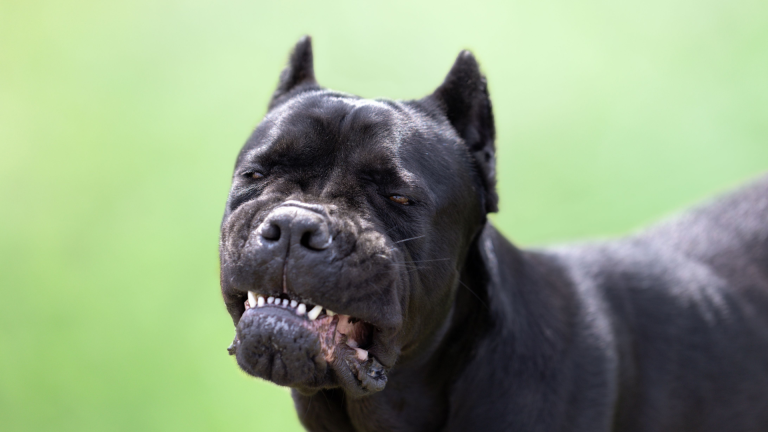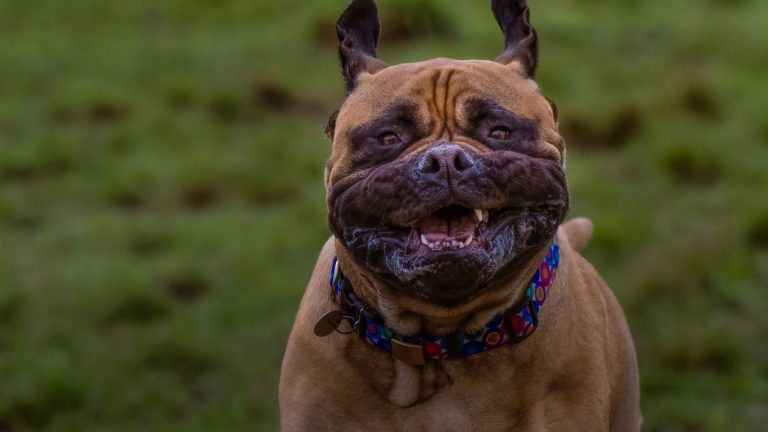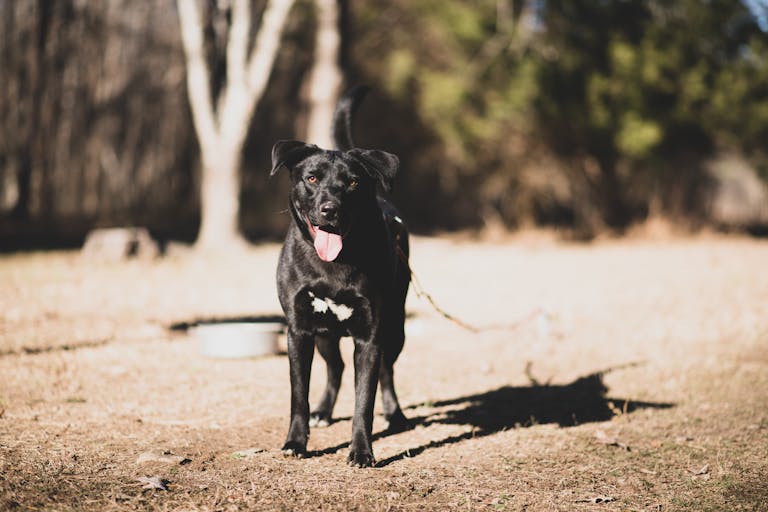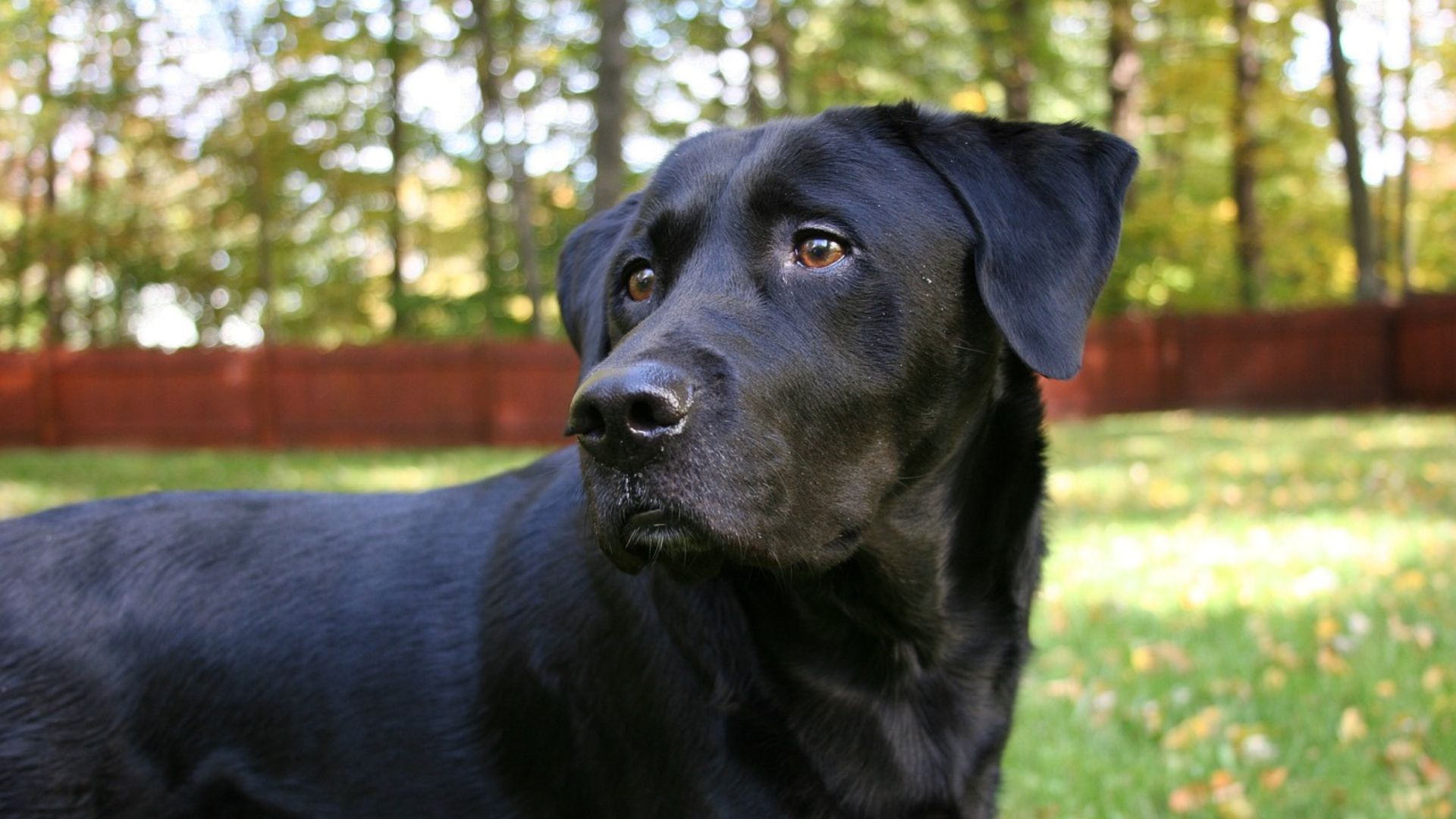
Contents
The Black Golden Retriever is a fascinating and often misunderstood variation of the beloved Golden Retriever breed. Many myths surround this unique coat color, leading to confusion among dog lovers and potential owners. This article aims to debunk common myths, present accurate facts, and offer essential care tips for anyone interested in this special canine.
You’ll learn about the origins and genetics of the Black Golden Retriever, distinguishing facts from fiction. Additionally, we’ll provide practical advice on caring for this breed, including grooming, health, and training tips. By the end of this article, you’ll have a comprehensive understanding of what it takes to own and care for a Black Golden Retriever.
Understanding the Black Golden Retriever

Myths and Misconceptions
Black Golden Retrievers are often surrounded by myths and misconceptions. One common myth is that they are a separate breed or a rare mutation of the Golden Retriever. Some believe they are a result of crossbreeding with black-coated breeds, while others think they are genetically flawed or less pure than standard Golden Retrievers. These myths persist due to the rarity of seeing a black-coated dog resembling a Golden Retriever and the general lack of information about coat color genetics in dogs.
Facts about Black Golden Retrievers
In reality, the concept of a Black Golden Retriever is based more on myth than fact. True Golden Retrievers do not come in black. The breed standard, as recognized by major kennel clubs, includes shades of gold ranging from light to dark but does not recognize black as a legitimate color for this breed. What people often refer to as Black Golden Retrievers are usually mixed breeds, such as a Golden Retriever crossed with a black-coated breed like a Labrador Retriever or Flat-Coated Retriever.
The genetic background of Golden Retrievers includes only genes that produce shades of gold. The presence of a black coat in a dog resembling a Golden Retriever indicates a different breed influence. This rarity contributes to the myths, as the striking appearance of these dogs naturally sparks curiosity and misinformation.
Differences Between Black Golden Retrievers and Standard Golden Retrievers
The most apparent difference between a black-coated dog and a standard Golden Retriever is, of course, the coat color. Standard Golden Retrievers have a dense, water-repellent outer coat and a thick undercoat in shades of gold. They are known for their friendly, tolerant attitudes, intelligence, and loyalty.
Dogs referred to as Black Golden Retrievers may inherit these traits if they have a significant Golden Retriever lineage. However, their exact characteristics can vary widely depending on the other breeds in their ancestry. This means they might have different grooming needs, health considerations, and temperaments compared to a purebred Golden Retriever.
Understanding these distinctions is crucial for potential owners who may be charmed by the idea of a black-coated Golden Retriever but should be aware that these dogs are not purebred Golden Retrievers and may have different needs and characteristics.
Physical Traits

Size and Build
Black Golden Retrievers, like their standard counterparts, generally have a strong, athletic build. The average size of a Black Golden Retriever can vary due to their mixed-breed nature, but they typically fall within the size range of standard Golden Retrievers. Males usually weigh between 65-75 pounds and stand about 23-24 inches tall at the shoulder. Females are slightly smaller, weighing between 55-65 pounds and standing around 21.5-22.5 inches tall.
Compared to standard Golden Retrievers, the size and build of Black Golden Retrievers may show slight variations depending on the other breed in their lineage. For instance, if the dog is mixed with a Labrador Retriever, the size and weight may be comparable. However, if mixed with a smaller or larger breed, there can be noticeable differences.
Coat and Coloration
Black Golden Retrievers can exhibit a variety of coat types, influenced by their mixed-breed heritage. Their coats are typically dense and water-repellent, similar to a standard Golden Retriever’s, but the texture and length can vary. Some may have the long, flowing coat characteristic of Golden Retrievers, while others may inherit a shorter, sleeker coat from the other parent breed.
The most distinctive feature of Black Golden Retrievers is their coloration. The black coat is a result of genetic factors. Golden Retrievers have genes that produce various shades of gold, but not black. When you see a black-coated dog resembling a Golden Retriever, it indicates the presence of genes from another breed that carries the black coat gene.
The black coat appears due to the dominance of the black pigment (eumelanin) gene. If a Golden Retriever is crossbred with a black-coated breed, the puppies may inherit the black coat gene. This genetic influence explains why a purebred Golden Retriever cannot have a black coat, as their genetic makeup does not include the black pigment gene.
Understanding the coat and coloration of Black Golden Retrievers highlights their unique appearance and the genetic diversity that contributes to their distinct look. This knowledge is essential for potential owners to appreciate the mix’s uniqueness and understand their grooming and care needs, which might differ from those of a purebred Golden Retriever.
Temperament and Behavior
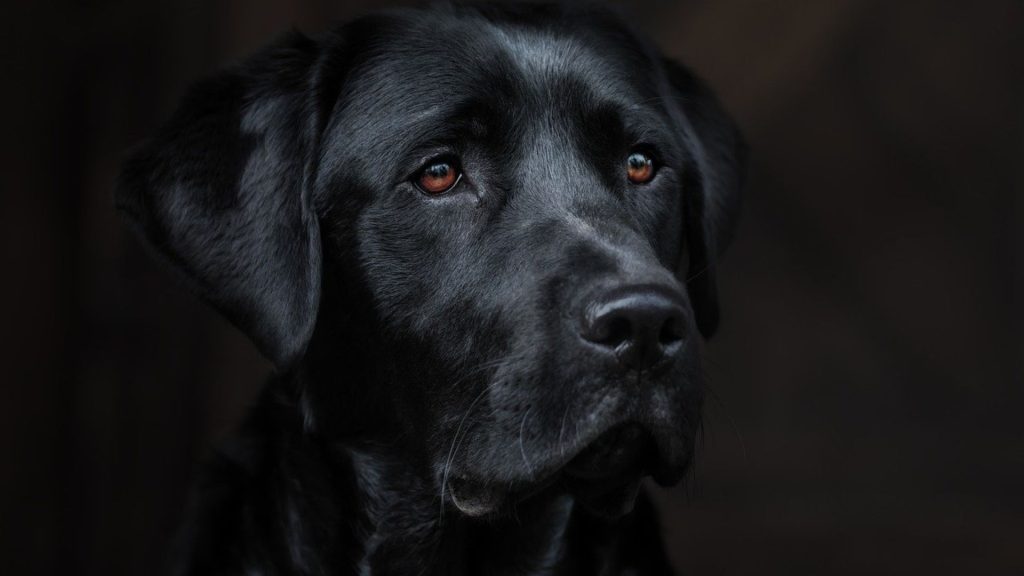
Personality Traits
Black Golden Retrievers typically exhibit a blend of the personality traits found in standard Golden Retrievers and the other breed in their lineage. Like standard Golden Retrievers, they are often friendly, affectionate, and eager to please. These dogs are known for their loyalty and strong bond with their families. They are generally good with children and other pets, making them excellent family dogs.
In comparison to standard Golden Retrievers, Black Golden Retrievers may inherit additional traits from their mixed heritage. For instance, if they have Labrador Retriever genes, they might exhibit a high level of energy and playfulness. Alternatively, if they are mixed with a breed known for guarding, they might show a heightened sense of alertness and protective instincts. Despite these variations, Black Golden Retrievers are typically sociable and enjoy being around people.
Training and Socialization
Early training and socialization are crucial for Black Golden Retrievers to ensure they grow into well-behaved and confident adults. Socialization helps them become accustomed to various environments, people, and other animals, reducing the likelihood of fear-based reactions or aggression.
Training a Black Golden Retriever should begin as early as possible. Positive reinforcement techniques, such as treats, praise, and play, work exceptionally well with these intelligent and eager-to-please dogs. Consistency is key in training; regular sessions that are short and engaging will keep their attention and reinforce good behavior.
Effective Training Tips:
- Start Early: Begin training and socialization when the puppy is young. Expose them to different sights, sounds, and experiences.
- Positive Reinforcement: Use treats, toys, and praise to reward good behavior. Avoid harsh corrections as they can lead to fear and anxiety.
- Consistency: Keep training sessions consistent in terms of commands and expectations. This helps the dog understand what is expected of them.
- Basic Commands: Focus on basic commands such as sit, stay, come, and down. These commands form the foundation for more advanced training.
- Socialization: Introduce your Black Golden Retriever to various environments, people, and other animals to build their confidence and reduce fearfulness.
- Exercise: Ensure they get plenty of physical and mental exercise. A well-exercised dog is more likely to be calm and attentive during training.
Health Considerations

Common Health Issues
Black Golden Retrievers can inherit health issues from both Golden Retrievers and the breed they are mixed with. Some common health problems specific to Black Golden Retrievers include:
- Hip Dysplasia: A genetic condition where the hip joint doesn’t fit properly into the hip socket. It can cause pain and arthritis over time.
- Elbow Dysplasia: Similar to hip dysplasia but affects the elbows, leading to pain and lameness.
- Heart Conditions: Conditions like subvalvular aortic stenosis (SAS), which affects blood flow from the heart, are also seen in this breed mix.
- Eye Problems: Cataracts and progressive retinal atrophy (PRA) can lead to vision issues or blindness.
- Skin Conditions: Allergies and skin infections are common, especially if the dog has a dense coat.
For Golden Retrievers in general, there are several health concerns to be aware of:
- Cancer: Golden Retrievers are prone to certain types of cancer, including hemangiosarcoma and lymphoma.
- Hypothyroidism: A condition where the thyroid gland doesn’t produce enough hormones, leading to weight gain and lethargy.
- Ear Infections: Due to their floppy ears, they are prone to ear infections, which can cause discomfort and hearing problems.
Preventive Care
Signs to Watch For:
- Lameness or Difficulty Moving: Could indicate hip or elbow dysplasia.
- Frequent Scratching or Redness: Signs of skin allergies or infections.
- Cloudy Eyes or Vision Issues: Possible indication of cataracts or PRA.
- Lethargy and Weight Gain: Potential symptoms of hypothyroidism.
Routine Health Checks:
- Regular Vet Visits: Essential for early detection and management of health issues. Annual check-ups are recommended.
- Vaccinations: Keep up-to-date with vaccinations to prevent common infectious diseases.
- Dental Care: Regular brushing and dental check-ups can prevent periodontal disease.
- Weight Management: Maintain a healthy diet and exercise routine to prevent obesity and related health problems.
Importance of Regular Vet Visits and Vaccinations:
- Early Detection: Regular vet visits can help catch health issues early, making treatment more effective.
- Vaccinations: Protect your Black Golden Retriever from common diseases like rabies, parvovirus, and distemper.
- Parasite Control: Regular treatments for fleas, ticks, and heartworms are crucial for your dog’s health.
- Blood Tests and Screenings: Routine tests can monitor your dog’s overall health and catch potential issues before they become serious.
Care and Maintenance
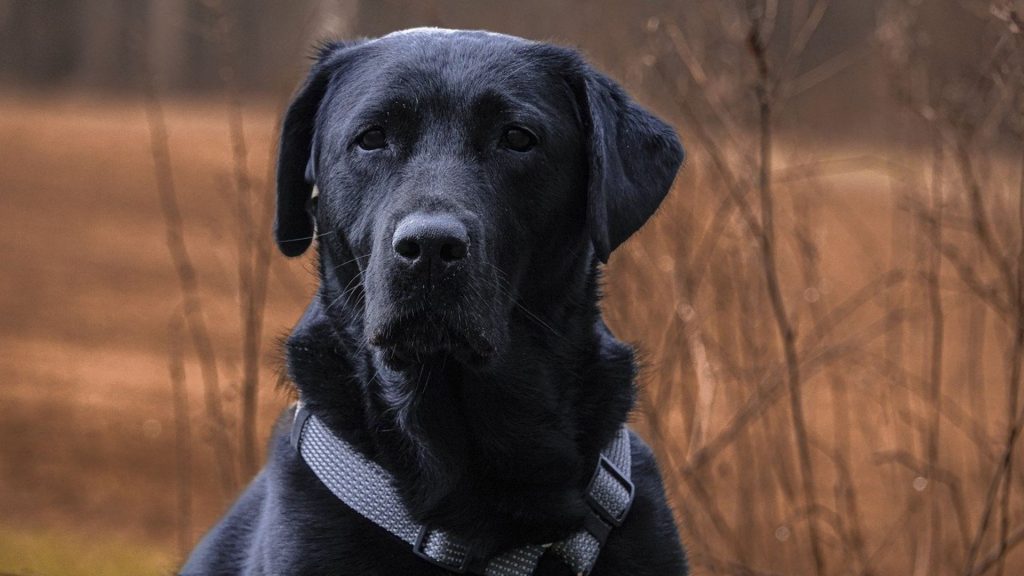
Daily Care Requirements
Feeding:
- Quality Diet: Provide a balanced diet with high-quality dog food that meets your Black Golden Retriever’s nutritional needs. Opt for food rich in protein and omega fatty acids for a healthy coat.
- Portion Control: Follow feeding guidelines based on age, weight, and activity level. Avoid overfeeding to prevent obesity.
- Hydration: Always have fresh water available to keep your dog hydrated.
Exercise:
- Regular Walks: Aim for at least 30-60 minutes of exercise daily. Regular walks help maintain a healthy weight and keep your dog mentally stimulated.
- Playtime: Engage in interactive play, like fetch or tug-of-war, to provide physical and mental stimulation. This also strengthens the bond between you and your dog.
- Variety: Mix up the routine with different activities to keep your dog interested and prevent boredom.
Grooming:
- Brushing: Brush your Black Golden Retriever’s coat several times a week to reduce shedding and prevent matting. Use a slicker brush or de-shedding tool for best results.
- Bathing: Bathe your dog as needed, usually every 4-6 weeks, or when they get particularly dirty. Use a dog-specific shampoo to avoid irritating their skin.
- Nail Trimming: Trim nails regularly to keep them at a comfortable length. Overgrown nails can cause discomfort and mobility issues.
- Ear Cleaning: Check and clean your dog’s ears weekly to prevent infections, especially given their floppy ears.
Tips for Maintaining a Healthy and Happy Black Golden Retriever:
- Consistent Routine: Maintain a consistent daily routine for feeding, exercise, and grooming to keep your dog happy and healthy.
- Regular Vet Visits: Schedule annual check-ups to monitor your dog’s health and address any issues promptly.
- Mental Stimulation: Provide puzzle toys or training exercises to keep your dog mentally engaged and reduce boredom.
Grooming Tips
Specific Grooming Needs for Black Golden Retrievers:
- Coat Care: Black Golden Retrievers have dense, double coats that require regular attention. Their coat can be prone to tangles and mats, so consistent brushing is essential.
- Color Maintenance: The black coat can show dirt and debris more prominently. Regular brushing helps keep the coat clean and shiny.
Best Practices for Coat Care and Maintenance:
- Deshedding Tools: Use deshedding tools or grooming gloves to manage loose hair and reduce shedding. This also helps in preventing matting.
- Bathing Routine: Regular bathing with a high-quality dog shampoo will help maintain coat health and remove excess oil and dirt. Avoid over-bathing, as it can strip natural oils from the coat.
- Conditioning: Use a conditioner designed for dogs to keep the coat soft and manageable. It helps in reducing tangles and adds shine.
- Professional Grooming: Consider professional grooming sessions every 6-8 weeks to manage more intensive grooming needs and ensure a thorough job.
By following these care and grooming tips, you can ensure your Black Golden Retriever remains happy, healthy, and well-maintained.
The Black Golden Retriever in Different Environments

Living Conditions
Best Living Environments:
- Urban vs. Rural: Black Golden Retrievers thrive in both urban and rural settings, as long as their exercise and social needs are met. In urban areas, access to parks and regular walks are crucial. Rural settings offer more space for free play and exploration, which is ideal for their high energy levels.
- Apartment vs. House: While they can adapt to apartment living, they need ample exercise to manage their energy. A house with a yard provides more space for them to roam and play. Regardless of the setting, daily exercise and mental stimulation are key to their well-being.
Adjustments Needed:
- Urban Living: In an apartment or city environment, ensure your Black Golden Retriever gets plenty of outdoor time. Frequent walks and trips to dog parks can help them stay active and happy. Noise and crowds might require additional training to help them adjust.
- Rural Living: For those in rural settings, ensure your home is securely fenced. Black Golden Retrievers enjoy running and exploring, but safety is crucial. They should still receive regular vet visits and socialization to avoid isolation.
Family Dynamics
Interaction with Children:
- Friendly and Playful: Black Golden Retrievers generally get along well with children. They are known for their friendly and playful nature. However, supervision is always recommended, especially with younger children, to ensure interactions are safe and positive.
- Training: Teach children how to interact respectfully with the dog. Basic commands and proper behavior around pets should be part of the family’s routine.
Interaction with Other Pets:
- Social and Adaptable: They usually get along well with other pets if properly socialized from a young age. Introducing them gradually and positively to other animals helps prevent territorial behavior and promotes harmony.
- Socialization: Regular socialization with other dogs and animals helps them develop good social skills. Positive reinforcement during interactions will encourage good behavior.
Tips for a Harmonious Household:
- Routine and Consistency: Maintain a consistent routine for feeding, exercise, and training. Predictability helps your Black Golden Retriever feel secure and adapt better to household dynamics.
- Space Management: Provide a designated space for your dog to retreat to when they need rest. This area should be quiet and comfortable, giving them a safe haven.
- Training and Boundaries: Establish clear rules and boundaries to guide behavior. Positive reinforcement and regular training sessions will help your Black Golden Retriever understand what is expected and reduce any potential issues.
By adapting their living conditions and integrating them into family dynamics thoughtfully, you can ensure that your Black Golden Retriever thrives in any environment.
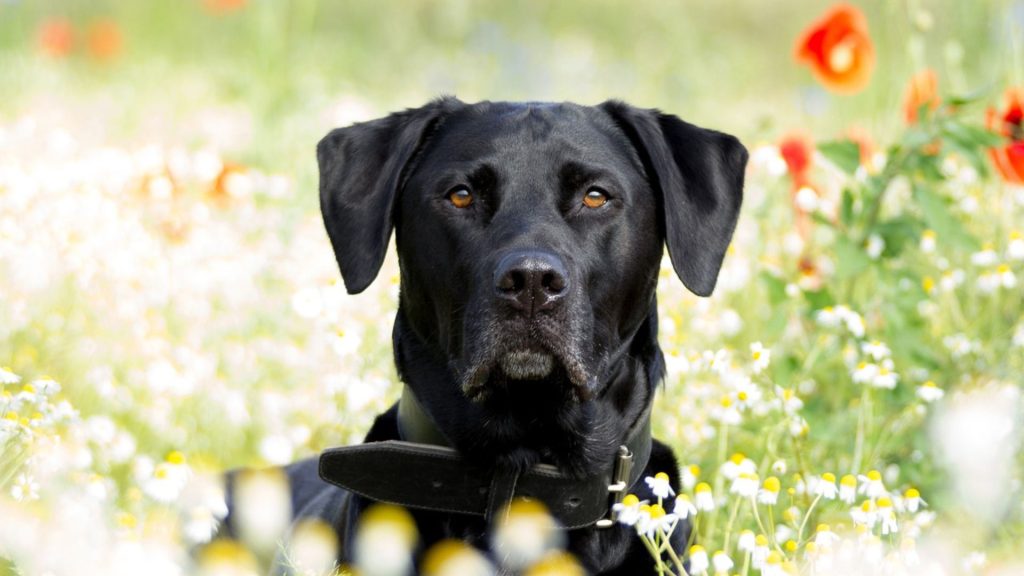
Conclusion
In this article, we’ve explored the unique aspects of Black Golden Retrievers, including their traits, care requirements, and how they adapt to different environments. We debunked common myths, clarified their physical traits and differences from standard Golden Retrievers, and discussed their temperament and behavior. We also covered essential health considerations and provided tips for maintaining their well-being.
Black Golden Retrievers are a striking variation of the beloved Golden Retriever, distinguished by their distinctive black coat and robust health. While their needs are similar to those of standard Golden Retrievers, understanding their specific traits and care requirements is key to ensuring they lead a happy, healthy life.
If you’re considering adding a Black Golden Retriever to your family, remember that they thrive in various environments as long as they receive proper care, exercise, and socialization. Consulting with a vet and investing time in training and bonding will help you enjoy a fulfilling relationship with your new furry companion. Explore these wonderful dogs further and be prepared for a loyal and loving addition to your home.

Hello, I’m Donna Carter, the founder and writer behind PetFleck.com. My journey with dogs started years ago, and it’s been a passion that has only grown stronger over time. I’ve always been fascinated by the unique behaviors and characteristics of different dog breeds, and this curiosity has led me to dive deep into the world of canine studies.
My love for dogs is the driving force behind everything I do. I’ve dedicated countless hours to researching and understanding the nuances of dog care, training, and breed-specific traits. This dedication helps me create content that is not only informative but also genuinely helpful for fellow dog lovers and owners.
At PetFleck, I combine my extensive knowledge and hands-on experience with my passion for dogs to provide valuable insights and tips. Whether it’s exploring different breeds or offering practical advice on dog care, I aim to share knowledge that makes a real difference in the lives of dogs and their families.
I’m thrilled to share my love for dogs with you through my writing. I hope my articles inspire and inform, helping you to better understand and appreciate the incredible bond we share with our furry friends.
Thank you for visiting PetFleck.com, and I look forward to connecting with you through our shared love of dogs!

